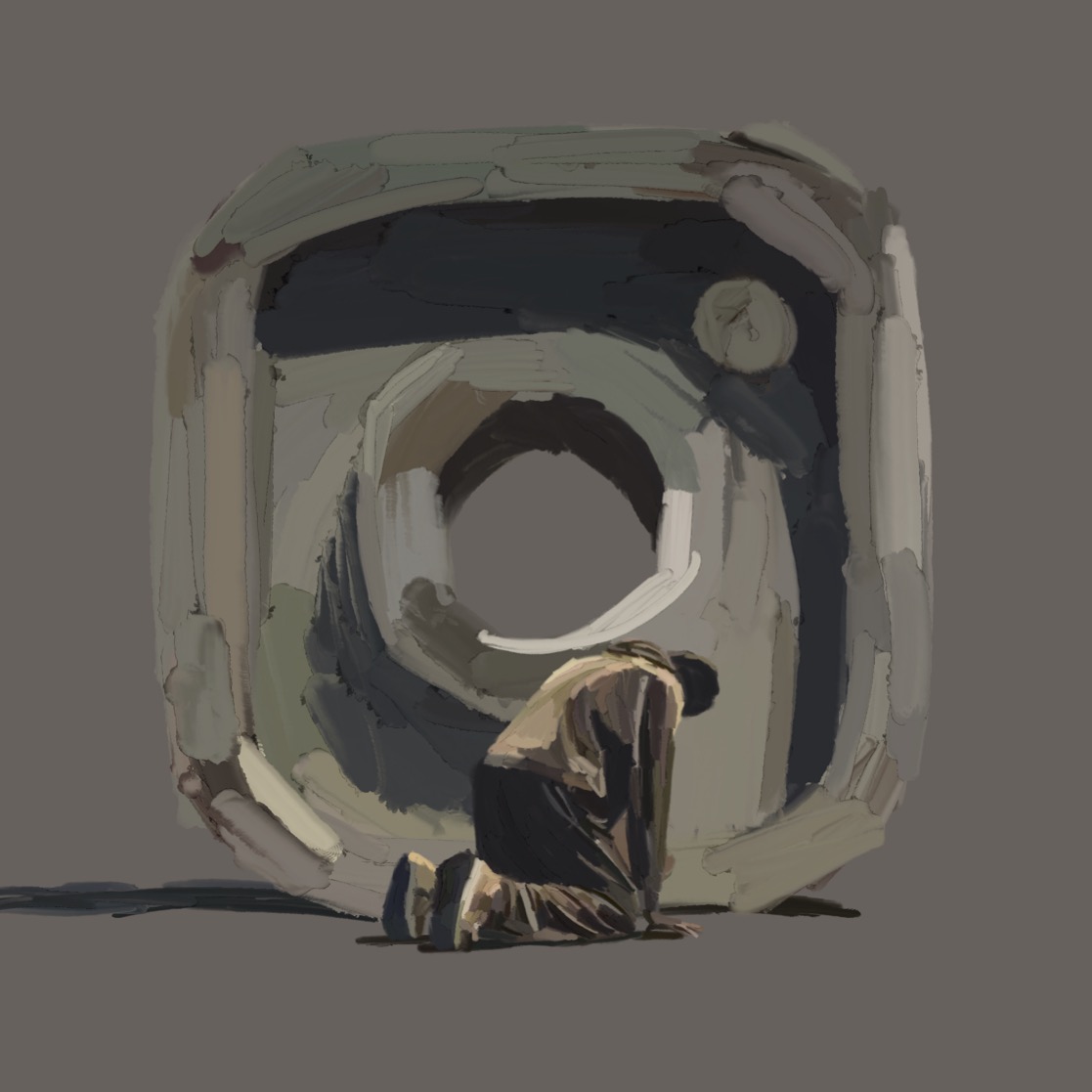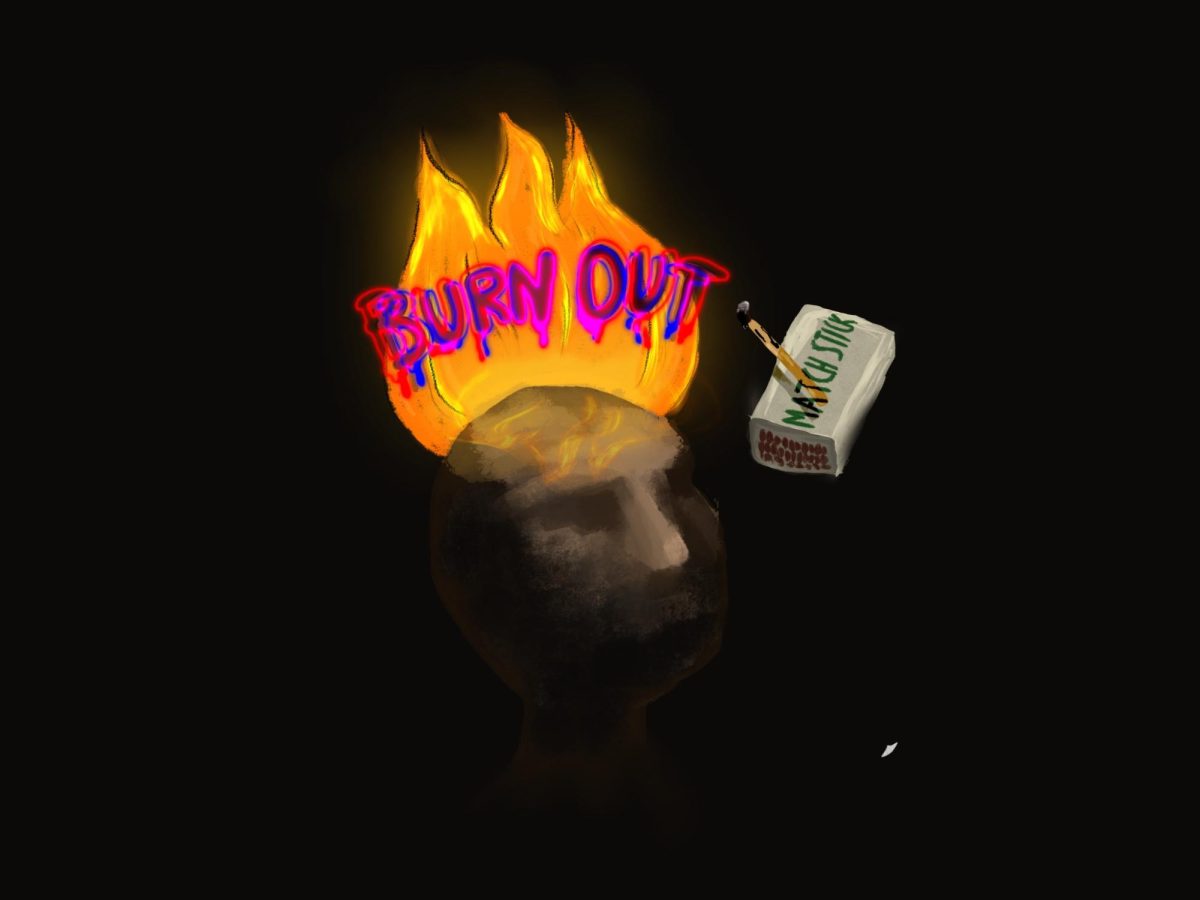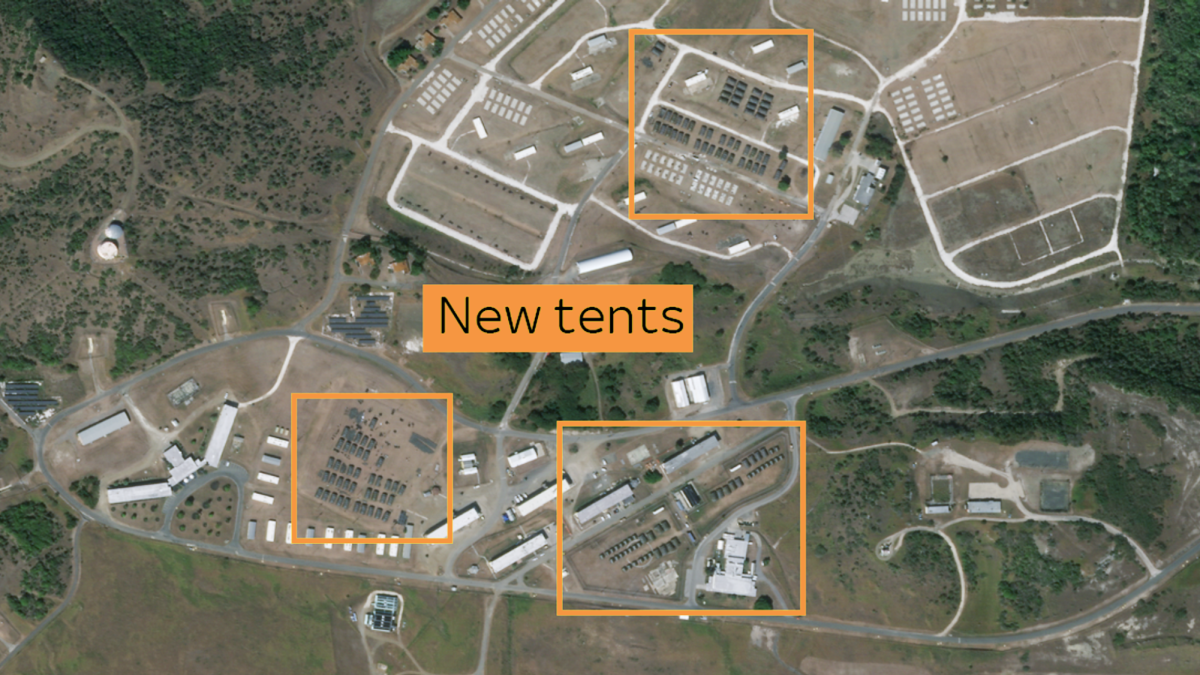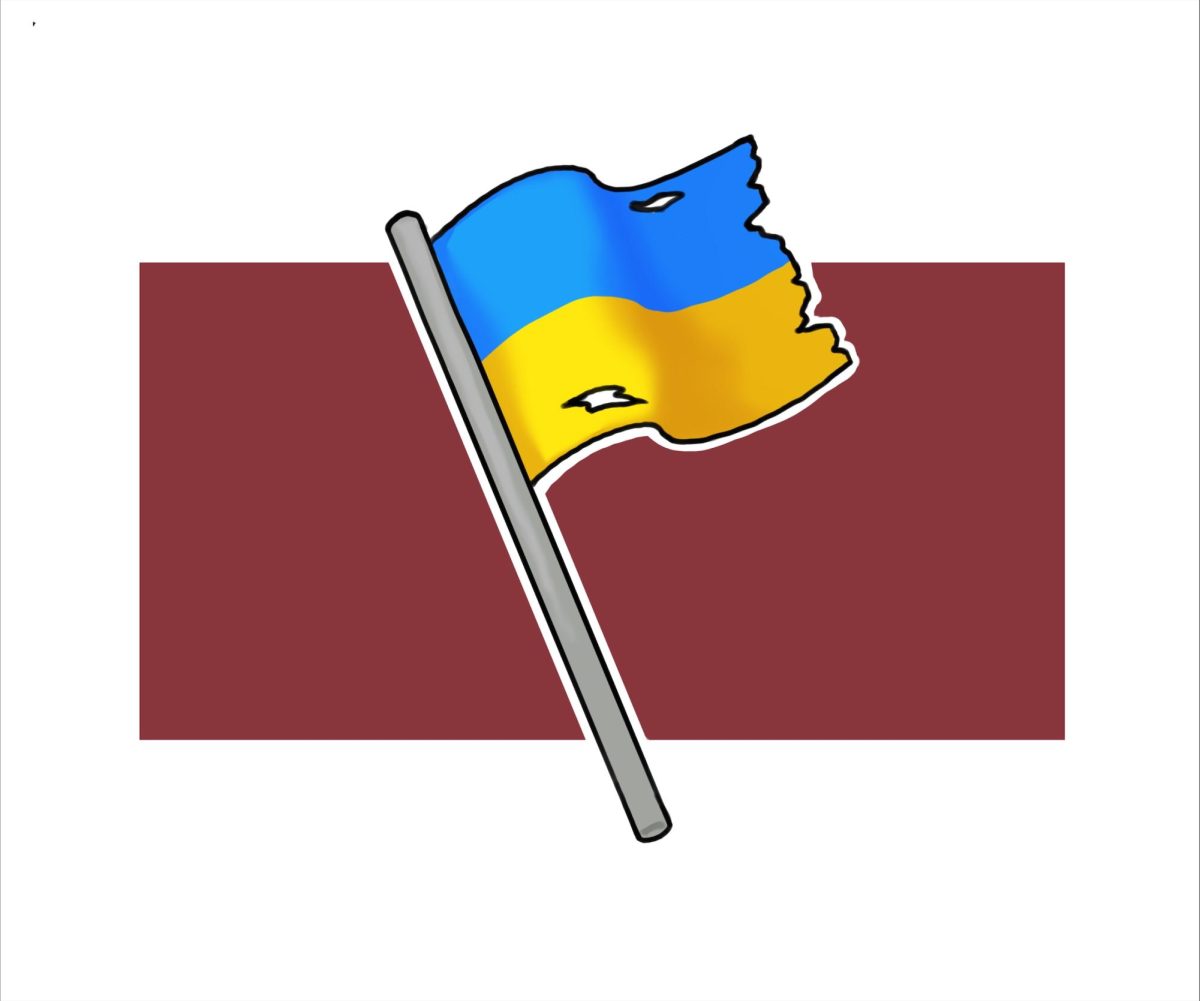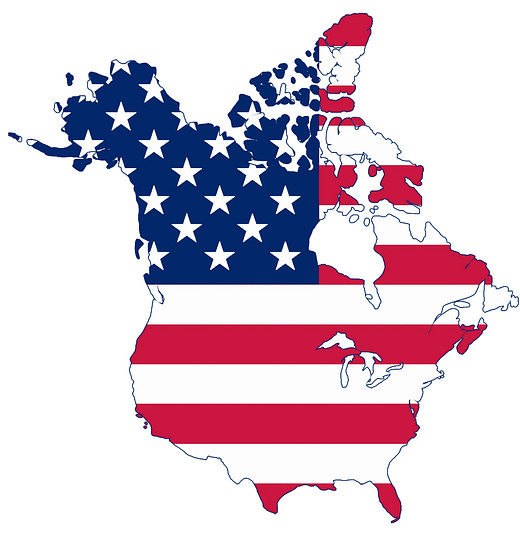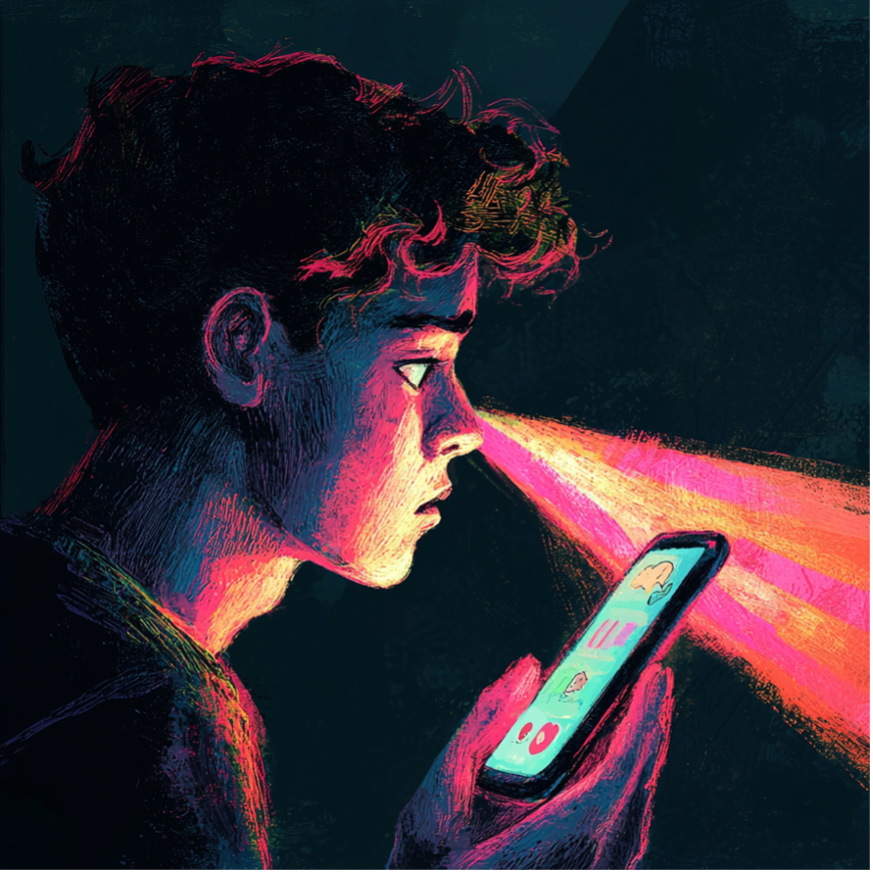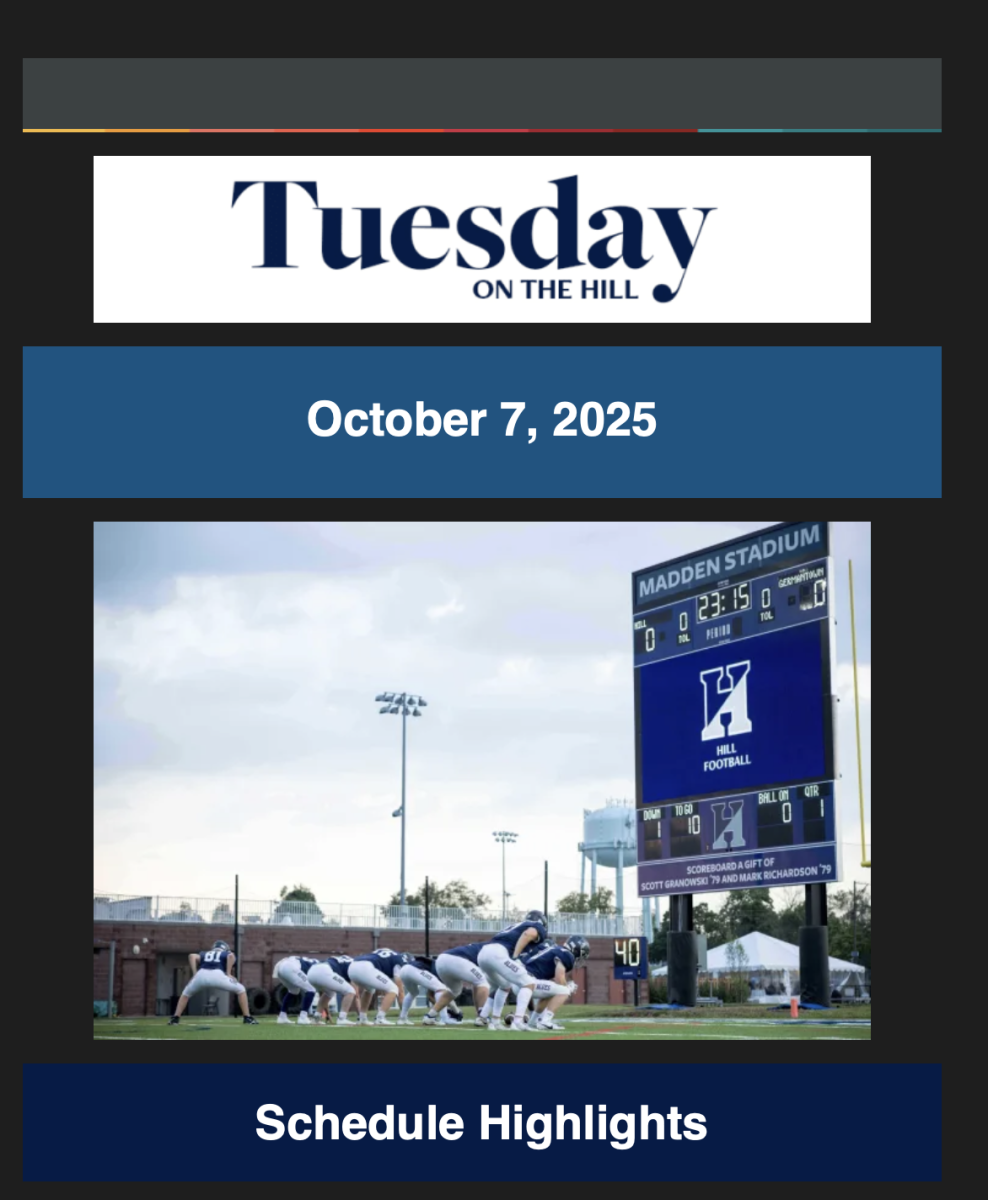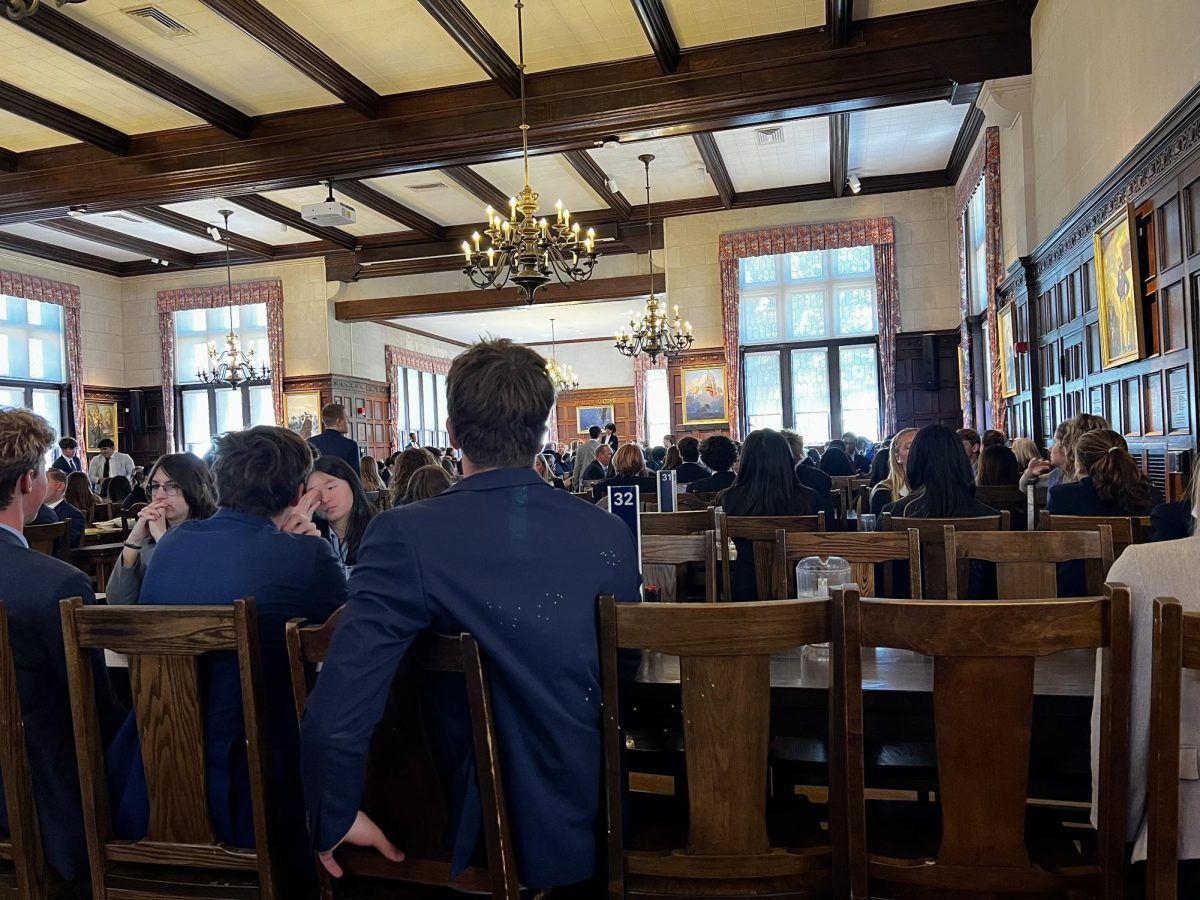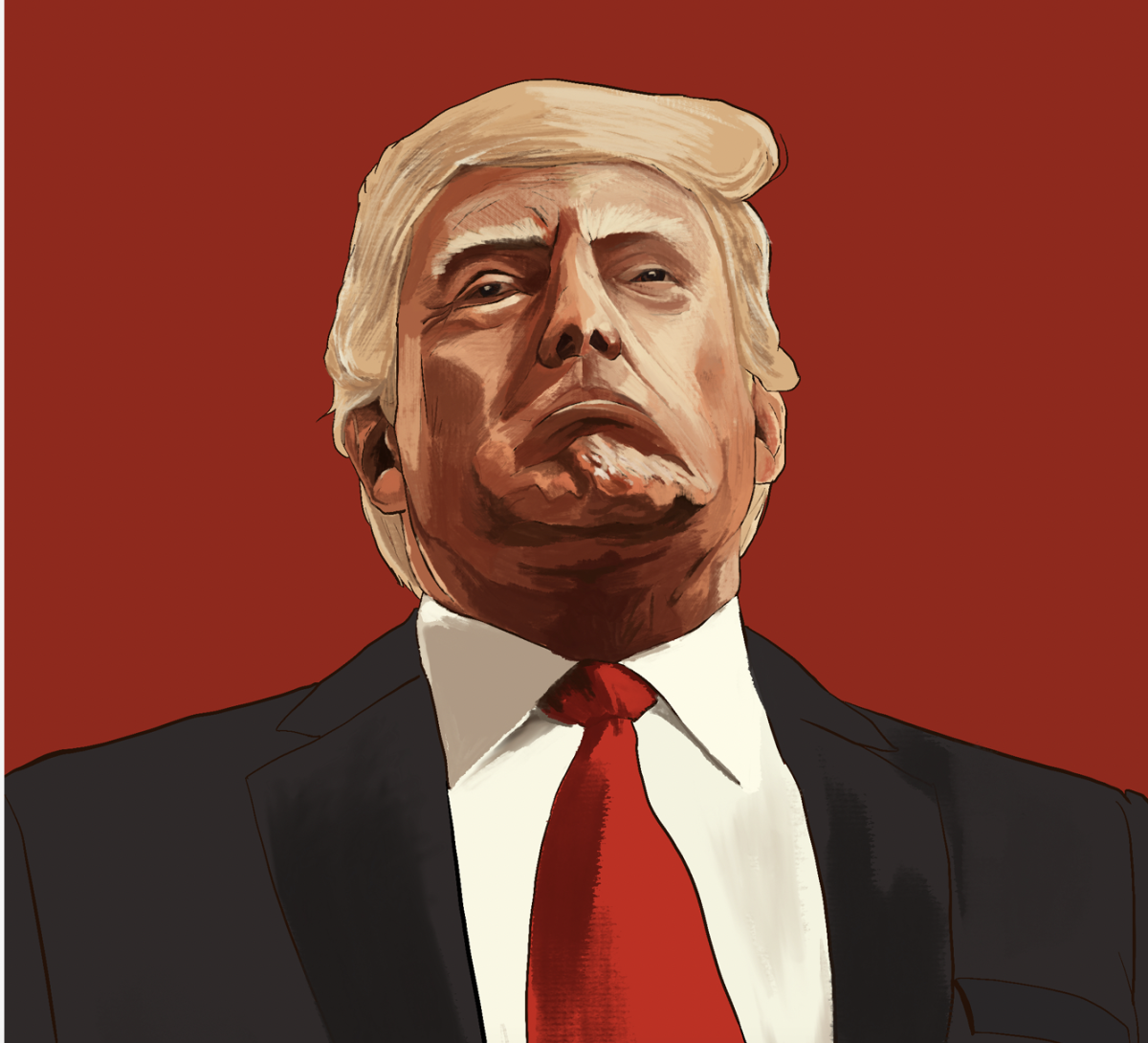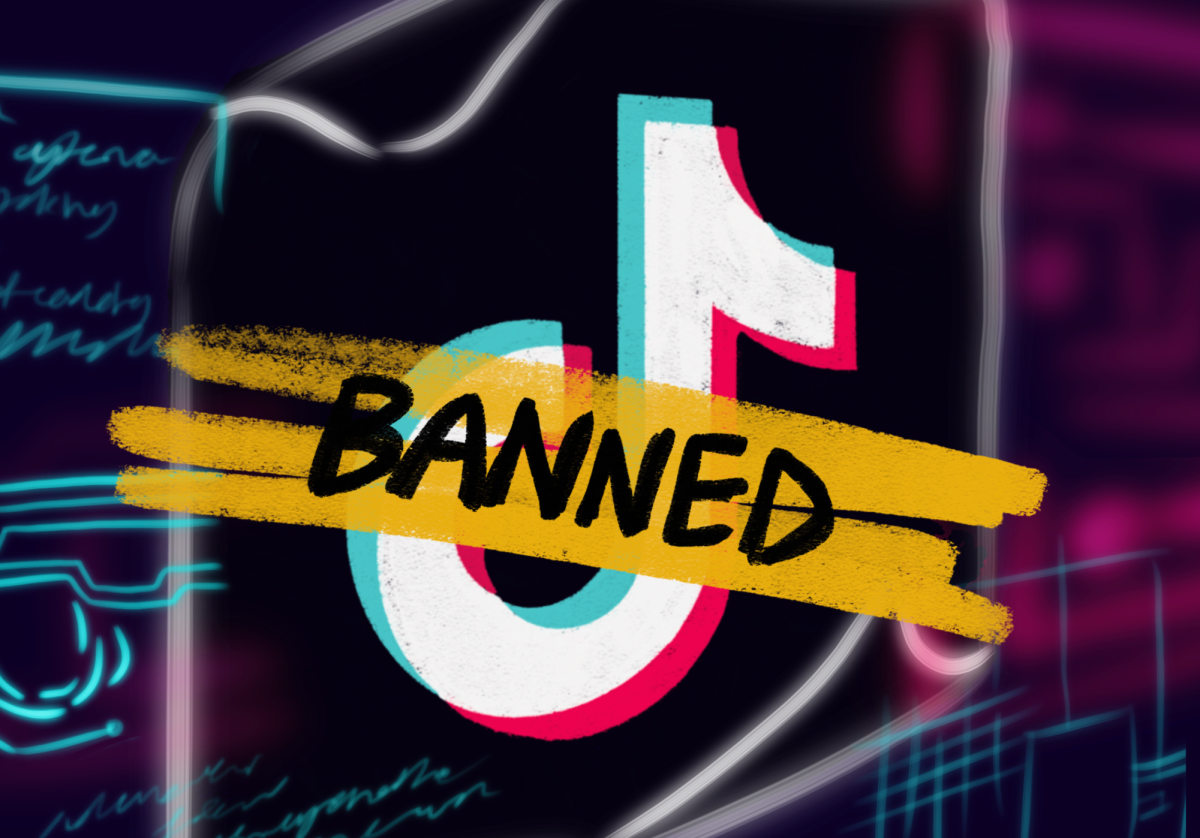On Nov.6th, the Canadian federal government announced their directive to shut down all of TikTok’s offices and operations within the country. This order adds Canada to the list of over 30 countries, including the United States, that have had the social media app withdrawn, partially restricted, or banned.
“The government is not blocking Canadians’ access to the TikTok application or their ability to create content,” according to Minister of Innovation François-Philippe Champagne.
The government cited national security risks as the motive for the motion “The government’s decision was made in accordance with the Investment Canada Act, which allows for the review of foreign investments that may be injurious to Canada’s national security,” Champagne affirmed.
This announcement echoes the international concerns previously made on the application, which is owned by the Chinese-based firm ByteDance. As one of the most popular social media platforms within past years (Ranked 5th by Monthly Active Users in September), TikTok has had a massive societal impact, ranging from food and fashion to science and politics.
This level of influence has brought along scrutiny based on TikTok’s basis in China and forms of data collection such as App usage info, mobile carrier, keystroke patterns, and location data to name a few. Many states have aired concerns that TikTok may be providing large amounts of private information to the Chinese government or have sold this information to individuals, which TikTok has repeatedly denied.
Before this order, the Canadian government had previously acted against the application, when TikTok was banned from all government-issued devices in February of 2023.
Placed just one day after Donald Trump’s presidential victory, this recent announcement signals a growing distrust of foreign affairs in China in the western sphere.
TikTok posted a response later that day, stating the following: “Shutting down TikTok’s Canadian offices and destroying hundreds of well-paying local jobs is not in anyone’s best interest, and today’s shutdown order will do just that. We will challenge this order in court. The TikTok platform will remain available for creators to find an audience, explore new interests and for businesses to thrive.”
Meanwhile, the US is slowly nearing the cutoff for the TikTok ban signed in April by President Biden. The ban, officially titled the Protecting Americans from Foreign Adversary Controlled Applications Act, functions so that if ByteDance does not sell TikTok to a US company by early 2025, the app will be wiped from US app stores.
The US government has had a notoriously critical stance on the social media app over the past four years, and this ban follows a Jan. 2020 TikTok ban in the Army and Navy, a Jul. 2020 congressional consideration to ban TikTok by request of President Trump and a Dec. 2022 TikTok ban on federal government devices.
Currently, more than 30 states have banned TikTok on government issued devices, Pennsylvania being in the minority of states without restriction. The PAFACA Act ban may go into effect on Jan.19th at the earliest, just one day before Trump’s inauguration.
President-elect Donald Trump has voiced his opposition to the ban throughout his campaign this year, contrary to his statements made while in office in 2020. The once TikTok-opposed politician now boasts an account with 14 million followers.
After presidential victory, Trump’s transition team told ABC News: “The American people re-elected President Trump by a resounding margin giving him a mandate to implement the promises he made on the campaign trail. He will deliver.”
As it stands, there are three practical ways to reverse the ban. The first, most straightforward solution is to push congress for a repeal, which seems possible given the Republican trifecta elected this past season.
However, it was just seven months ago when the bipartisan bill was passed with overwhelming majority of 352-65 in the House, 79-18 in the Senate. This action could also be seen as conciliatory with China, which would not mesh well with this antipathetic tone Trump’s campaign maintained.
Other routes to reverse the decision include preventing the Department of Justice from enforcing the ban or finding a US buyer for TikTok. Neither seems particularly feasible for the time being, but many small businesses and individuals will stand over the next few months, waiting for Trump to fulfill his campaign promise with anxious eyes.




